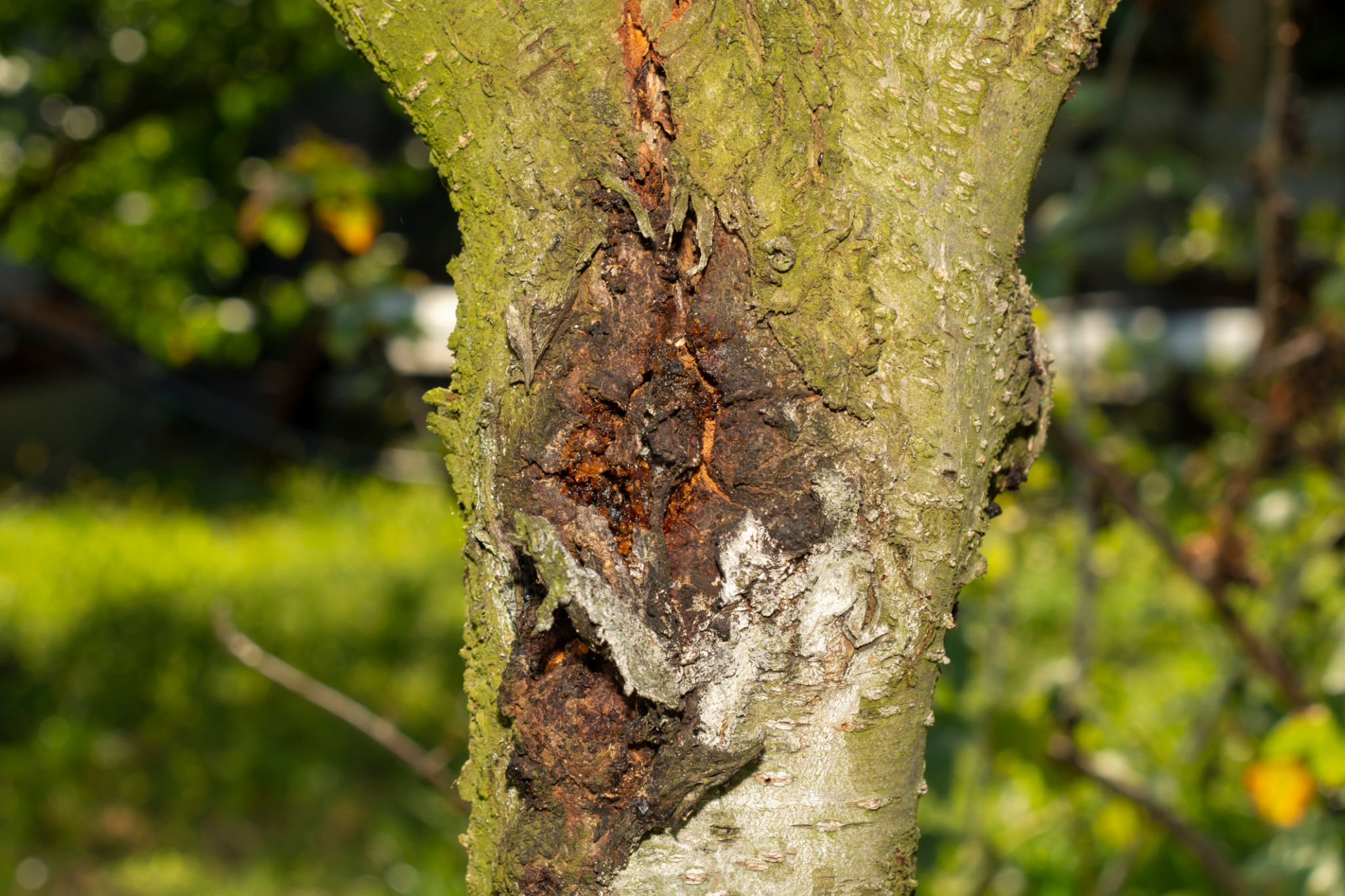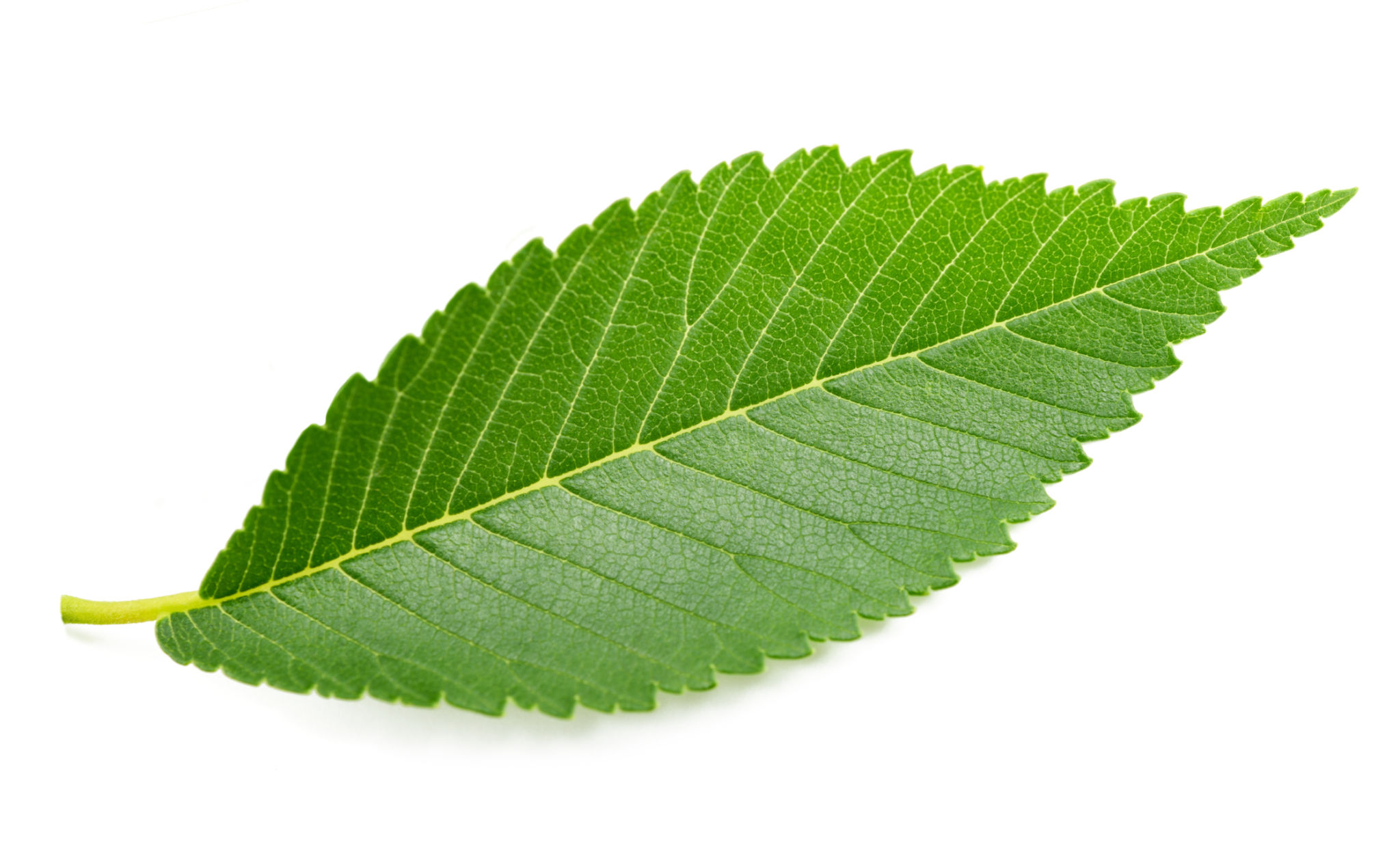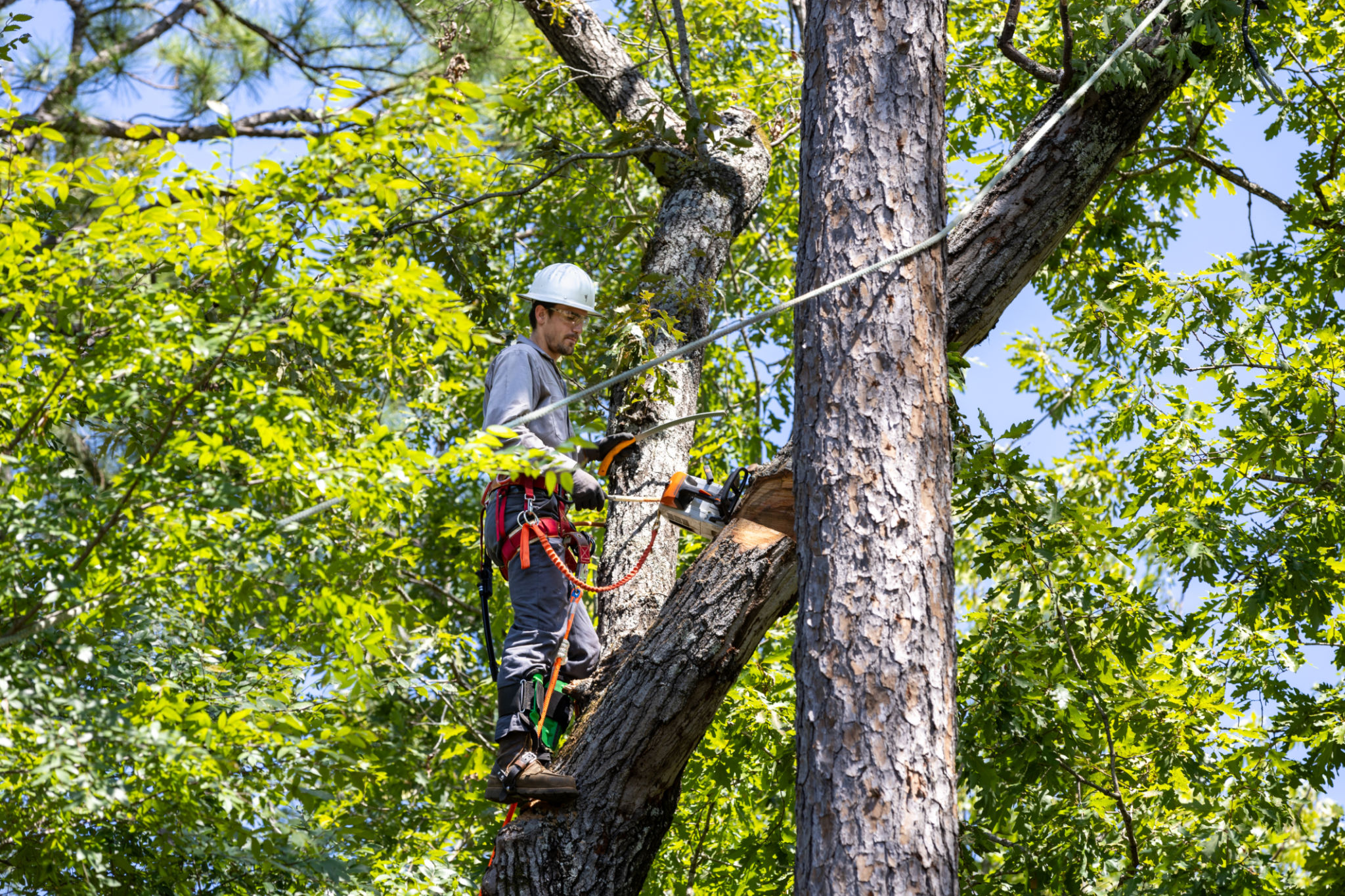Top Tree Diseases in North Carolina and How to Prevent Them
Understanding Tree Diseases in North Carolina
North Carolina's diverse climate and rich soil make it an ideal environment for a wide variety of tree species. However, this also means that trees in the region are susceptible to various diseases. Understanding these diseases and their prevention is crucial for maintaining the health and longevity of trees.
Tree diseases can be caused by fungi, bacteria, viruses, or environmental stressors. These diseases not only affect the aesthetic value of trees but can also compromise their structural integrity, leading to safety hazards.

Common Tree Diseases in North Carolina
1. Oak Wilt
Oak Wilt is a devastating fungal disease affecting many oak species. It spreads through root grafts and insect vectors, causing leaves to wilt and turn brown. This disease progresses rapidly and can kill a tree within a single growing season.
To prevent Oak Wilt, it's essential to avoid pruning oaks during the growing season when beetles that spread the fungus are most active. Additionally, disinfect tools and promptly remove infected trees to stop the spread.
2. Dutch Elm Disease
Dutch Elm Disease is another serious threat, primarily affecting elm trees. This fungal disease is spread by elm bark beetles and leads to yellowing leaves, wilting branches, and eventually tree death.

To combat Dutch Elm Disease, remove diseased trees and use fungicides as a preventive measure. Planting resistant elm cultivars can also help reduce the impact of this disease.
Prevention Strategies for Tree Diseases
Proper Tree Maintenance
Regular tree maintenance is critical in preventing diseases. This includes pruning dead or diseased branches, ensuring proper watering, and applying mulch to maintain soil moisture. Healthy trees are more resilient to disease and environmental stress.
- Prune during dormancy to reduce infection risk.
- Water deeply but infrequently to encourage deep root growth.
- Use organic mulch to improve soil health.

Choosing Disease-Resistant Species
Selecting disease-resistant tree species for planting can significantly reduce the likelihood of disease outbreaks. Native species are often better adapted to local conditions and less prone to diseases.
Consult with local arborists or extension services for recommendations on the best tree species suited to your area. This proactive approach ensures a healthier urban forest and reduces long-term maintenance costs.
Conclusion
The key to managing tree diseases in North Carolina is awareness and proactive care. By understanding common diseases such as Oak Wilt and Dutch Elm Disease, implementing proper maintenance practices, and selecting disease-resistant species, you can help protect the natural beauty and safety of your landscape.
Remember, early detection and prompt action are essential in mitigating the impacts of tree diseases. Regular inspections by certified arborists can help identify potential issues before they become severe, ensuring your trees remain healthy year-round.
